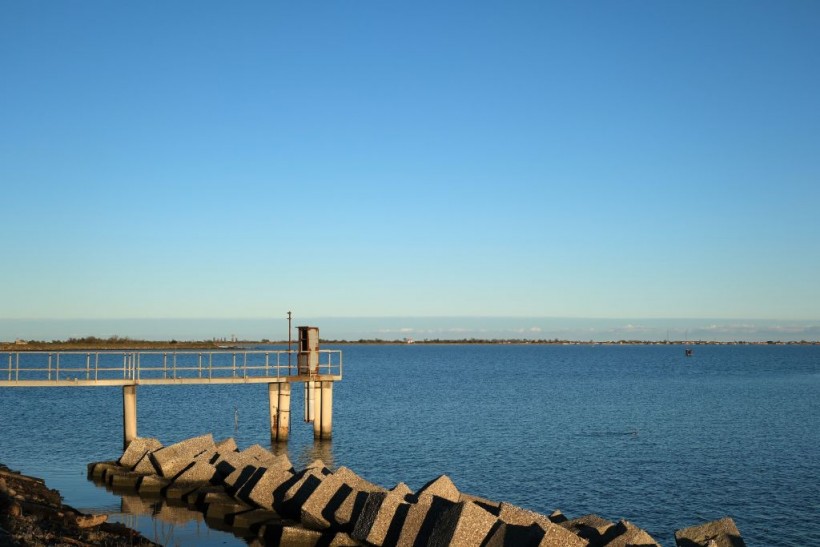River deltas are among the most productive and populous places on Earth. They provide food, water, livelihoods, and biodiversity to millions of people.
But they are also facing multiple threats from climate change and human activities, especially hydropower dams.
A new study by researchers from Stanford University and Indiana University reveals how these threats could affect the future of river deltas and their inhabitants.
Sediment is the key to delta survival
 (Photo : Vittorio Zunino Celotto/Getty Images)
(Photo : Vittorio Zunino Celotto/Getty Images)

One of the main challenges that river deltas face is sea level rise, which could inundate large areas of low-lying land and increase the risk of coastal flooding.
To cope with this threat, river deltas need to maintain or increase their elevation by accumulating sediment, which is the material carried by water that shapes the river channels and the delta landforms.
Sediment provides many benefits to people and nature, such as creating fertile soil for agriculture, supporting aquatic habitat and fisheries, and buffering storm surges.
However, sediment supply is declining in many river deltas due to human interventions, such as dams, diversions, and sand mining, that trap or remove sediment from the river system.
The study, published in Proceedings of the National Academy of Sciences, shows that river deltas occupy 0.5% of the earth's land surface, yet they contain 4.5% of the global population-a total of 339 million people.
Of these, 31 million people are at high risk of experiencing flooding and other impacts from tropical cyclones and climate change.
The study also shows that the ability of river deltas to naturally mitigate impacts of climate change depends largely on the amount of sediment they receive from upstream sources.
Also Read: Goldilocks Plant Growth May Make River Deltas Resilient
Hydropower dams pose a major threat to delta sediment
Hydropower dams are one of the main drivers of sediment loss in river deltas. Dams block the flow of water and sediment, reducing the amount of material that reaches the delta and the coast.
This can have serious consequences for the delta's resilience to sea level rise and coastal flooding, as well as for the livelihoods and well-being of the delta residents.
The study's lead author, Douglas Edmonds, the Malcolm and Sylvia Boyce Chair in the Department of Earth and Atmospheric Sciences at Indiana University, explained that hydropower dams can play an important role in helping developing economies transition to a cleaner energy system, but they need to be planned strategically to avoid or minimize the negative impacts on river deltas.
He said that his work aims to build an understanding of the connectivity of river systems and the benefits they provide to people.
He added that by highlighting those benefits, he can help countries make hydropower development decisions that are smarter and more sustainable.
The study's co-author, Eduardo Brondizio, a distinguished professor of anthropology at Indiana University, pointed out that river deltas present special challenges for predicting coastal floods that deserve more attention in discussions about the future impacts of climate change.
Brondizio said that their estimates are likely a minimum because the storm surge and flooding models do not account for the compound interactions of the climate impacts, deficient infrastructure, and high population density.
Related article: Humans Contributed Significantly to Large-Scale Land Loss in the Mississippi River Delta
© 2024 NatureWorldNews.com All rights reserved. Do not reproduce without permission.





